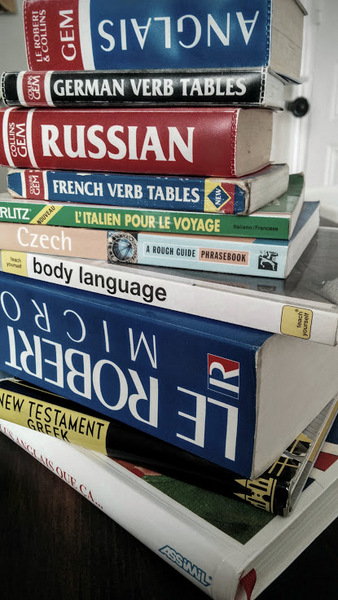I received many dire warnings from people (whom I had never met before) who were concerned that my three-year old wasn’t in school yet. The main concern was that I was a social recluse, maybe even a Stig of the dump, and perhaps hadn’t realised that I lived in a town with schools. Secondary to that, they worried – more likely scenario – that I wouldn’t find a place. Since there are nine or ten state schools in my municipality, I didn’t think that was very likely. I mean, I can’t be the only crazy mum out there that is still at home looking after a baby and that doesn’t pack the older one off to school as soon as the government is willing to relieve me of her. After all, I’m already putting her in two years before real school starts.
But, they said, you won’t get a place in a GOOD school. What are the good schools? I asked. They listed four or five in my town, so I relaxed and ignored them again. The chap at the Education Department of the Town Hall also labelled two of the closest schools as “good”. So what is a good state school?
Some points we thought of were, not necessarily in this order:
- distance from home (preferably a 10mn walk or less)
- a short day (some schools run from 9am until 2pm; others have a 2-hour lunch break then the kids go back until 5pm)
- languages taught (some have English ‘taught’ from age three up, some have a couple of subjects actually taught in English later on, and some have French taught from age ten)
Oh, and of course we would love to have great facilities and fabulous teachers, but from what I have found out, there isn’t all that much variation between the local state schools (which is as it should be in publicly funded schools, after all) and we may only find out the differences by actual experience.
When I visited the school that the chap at the ayuntamiento intimated was the best in the neighbourhood, I mentioned his accolade. Oh no, replied the lady who fielded my questions. “Todos los colegios son iguales,” she insisted.
If I had moved here with a seven or eight year old, then sending them to a centro bilingüe school with some classes in English would be a very high priority for me. I can imagine that total immersion for kids that age and who don’t speak Spanish in a curriculum designed for native speakers would be quite a baptism of fire. But at four, when school is more about playing, I’m hoping it won’t be too bumpy. In the two years of preschool before any classes in English are introduced, I think – I hope - that my daughter will learn to function well enough in Spanish.
Some days I’m confident – after all, she is already bilingual, and she’ll find Spanish very similar to French. Plus she has a head-start on reading, so she won’t struggle with the actual material, just with the communication side. Other days I just play the stressy mummy role.
Perhaps being in a centro bilingüe would make some classes easier. Perhaps I would understand more about those classes. Perhaps she would even learn some English vocab that I am not likely to use with her. But at the end of the day I think it is down to me to teach her proper English with a wide vocabulary and a deep love of learning so she can fill in any gaps I leave. It is also down to me to keep up with understanding her education and her homework, and I’m determined to make that happen. Besides, it could even be irritating to be in a class of complete beginners being taught English by a non-native speaker. The same goes for French.
As for the timing of the school day, all those in the area stick to the shorter day, so that turned out to be a non-choice. So when it actually came to filling in the form, listing our choice of five schools in order of preference, we simply named the closest school as top choice. Followed by the next closest schools. Phew. All that research to end up back where I started. What was I saying about stressy mummies?
On a positive note I discovered evidence that some schools in Andalucia use Cuisenaire rods (regletas) to teach maths to five-year olds in Infantil. As you know, I am very interested in these rods and the similar colour factor sets, so I’m delighted to know there are some like-minded educators in the area.
